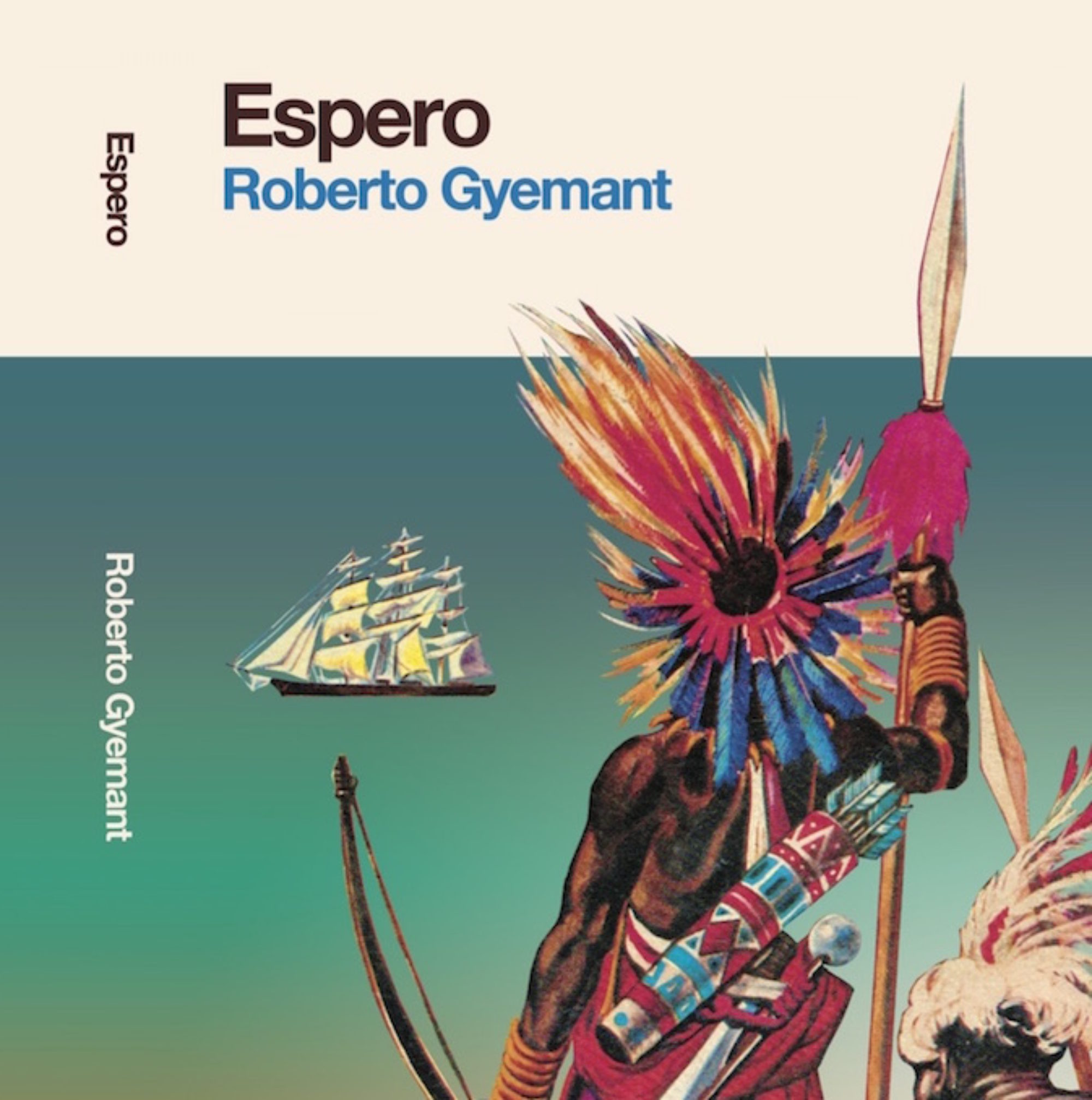The descendants of Panama’s largely English-speaking, Protestant Afro-Antillean population – who probably account for at least 20% of Panama’s population – were clearly a significant cultural leavening agent in a small, cosmopolitan, already Afro-heavy Spanish colonial country.
Their epic contributions to Panamanian Salsa (Francisco “Bush” Buckley, Manito Johnson, Claudio Avila (Nee Claude Abregail), Jazz (Victor Boa, Bat Gordon, John “Rubbaleg” McKindo, Mauricio Smith) and Soul (The Exciters, Silvertones, Festivals, etc.) are a key component of the content of this blog.
It should be unsurprising that given such a large influx of brilliant immigrants specifically from Jamaica and Barbados (and Trinidad – which is where Panamanian musical giant Maurico Smith’s father was from), Panama boasted a rich Calypso scene since at least the late 1930s.
Given that the Antillean immigration began with the French Canal project in the 1880s and then really gained steam in the first two decades of the 20th C., Calypso (and Mento, certainly work songs) were likely being heard in Panama very early in the new century. Banjos and Ukeleles were easy instruments to pack, and there was always a lot of back and forth traffic with the islands during this period of “Sojourning”.
Interviews done by His Excellency Professor Gerardo Maloney (Panama’s former ambassador to Jamaica) for his documentary Calipso (1991) consistently mention Panama’s other key port city of Colón (on the Caribbean coast) and its Carnavales as a key center/time for Calypso.
Colón had a dominant US presence, with four key forts: Camps Beard, Davis, Sherman and Gulick. Even apart from the omnipresence of US sailors and soldiers, Colón’s was a multicultural population of Afro-Antilleans, Afro-Panamanians, Hindus, Chinese, (mostly Sephardic) Jews, Latinos from other countries (Salvadorans, Guatemalans) and Panamanian mestizos.
Afro-Antilleans called Afro-Panamanians “Come Coco” (eats coconuts) or “Spanish Bwai”, and were called “English Bwai” in turn. The Chinese owned the grocery stores and restaurants, and the Jews owned clothing stores. Key popular neighborhoods where local music culture emerged were “the beach” – a shanty town that included Hindu fishermen – and “Bamboo Lane”, which was the border between Camp Beard and Colón. In the ’60s, US personnel were known to come buy and smoke ganja (Panama Red) in the beach and bamboo lane.
Contemporaries say that Colón’s nightlife was superior to that of the capital city in the ’40s and ’50s, and have likened it to a little Havana, with multiple cabarets, nightclubs and bars featuring Jazz and Latin orchestras and Calypsonians such as Lord Cobra (Wilfred Berry, b. 1926 Bocas del Toro) and Lord Panama (George Allen, b. 1928 Colón).
Roy Clark, better known as sweet soul singer Joe Clark of the Silvertones, was born in Colón in 1945, and told me the following:
“People used to travel from all over for Carnaval in Colón, from February to March. Carnaval was Saturday, Sunday, Monday and Tuesday. Tuesday was the big day, Martes de Carnaval. The two last days were Sabado Carnavalito in Panama City and and Sunday Carnavalito in Colón.”
“I started to go around listening to these calypso bands playing, to the different instruments, and one day I bought myself a plastic ukulele. Lord Panama’s guitar player showed me how to play a tune.”
“We used to pick up collections, everywhere we went we played different songs. The Americans loved to see that kind of thing. There weren’t a lot of tourists but always lots of soldiers, sailors, marines… they’d stop us and say “hey play us a song”, and we’d launch into “Down by the Riverside.” And they said “hey, you guys sound good!” Because we used to blend our voices with the instruments. And they would drop whatever they had into our hat, sometimes they just stuck their hand into their pocket and whatever they had, threw it in. And that’s how we got paid, when we were done, we would share it together.”
“In bamboo lane, that’s the place where I grew up, that’s where we played with a ukelele and a bass made from putting ma’s washpan on the ground and attached a string to a stick of wood. Boom boom boom boom. Sometimes someone had a conga. And we were goin crazy. We played all over!”
The following is a personal favorite Panamanian Calypso, “Mon Cherie” by Black Majesty (Claude Morant) and the Mighty Bamboo Band:

Next is Epiphanio Vargas and Los Pana Afros “Sweet Music” which is noted as a “Calypso Rock”. I don’t have any biographical info on Vargas, but Los Pana Afros were the band that most regularly backed Lord Cobra on his recordings:
And finally, another favorite, Lord Kontiki’s excellent Calypso Boogaloo “Contacto en Samaria”:

Disfruten!
